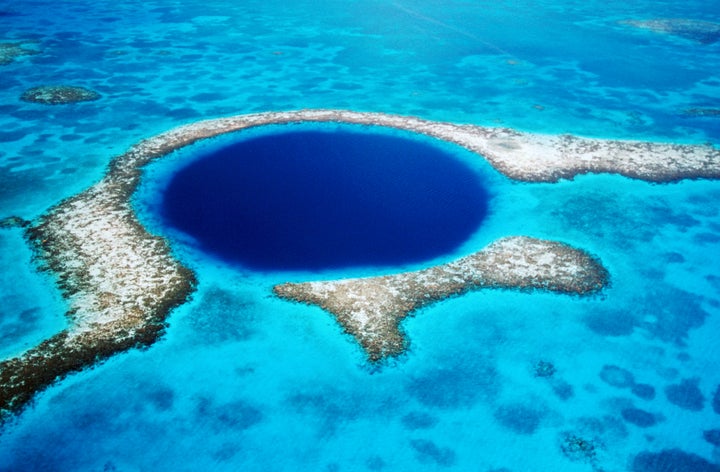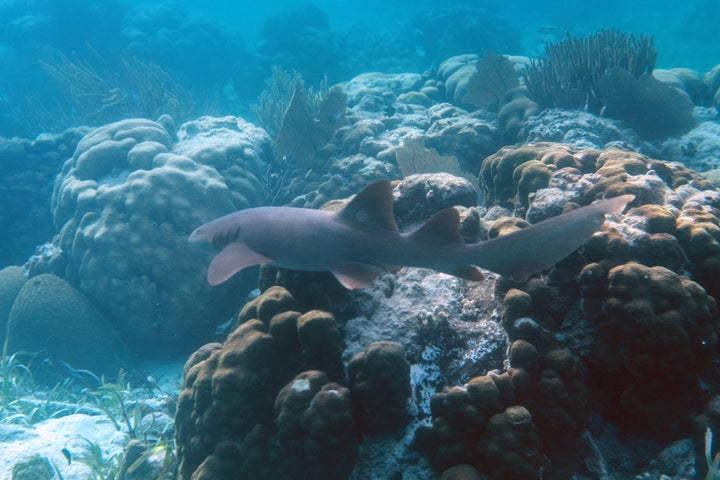
The Belize Barrier Reef System, a 190-mile-long swatch of coral that includes famed sites like the Great Blue Hole, has been removed from UNESCO’s list of imperiled sites after a widespread campaign to protect the structure, the UN agency said Tuesday.
The landmark, designated as a World Heritage Site in 1996, is home to nearly 1,400 species and has been hailed as one of the most biodiverse marine sites on the planet. But the reef had spent most of the last decade on UNESCO’s “in danger” list due to threats from oil exploration, the loss of mangrove trees and illegal land sales.
About 200,000 people, or half of Belize’s population, are dependent on the reef for their livelihood and environmental groups have long warned that a lack of protection could imperil both the multimillion dollar tourism sector and the endangered animals that live in the region, including West Indian manatees and hawksbill sea turtles.
The government listened, and in December, after years of campaigning, officials issued an indefinite moratorium on all oil exploration and drilling in the country’s waters, a move that UNESCO said warranted its removal from its imperiled list.
“The Belize Barrier Reef Reserve System ... is an outstanding natural system consisting of the largest barrier reef in the northern hemisphere, offshore atolls, several hundred sand cays, mangrove forests, coastal lagoons and estuaries,” the agency said in its description of the region. “The system’s seven sites illustrate the evolutionary history of reef development and are a significant habitat for threatened species, including the marine turtle, the manatee and the American marine crocodile.”

Environmental groups hailed the news, but urged continued action to protect marine sites that face a bevy of threats, from overfishing to warming seas.
“The Belizean government deserves tremendous credit for partnering with the NGO sector and taking concrete steps toward safeguarding this truly special seascape — and that work will continue,” Nicole Auil Gomez, Belize country director for the Wildlife Conservation Society, said in a statement. “We remain optimistic that smart, effective conservation measures, with a focus on long-term commitments that lead to results, can help save endangered World Heritage Sites before they disappear.”
Marco Lambertini, the head of the World Wildlife Fund, credited a public activism campaign among Belizeans to help secure the safeguards, which he said show that “it is possible to reverse nature loss and create a sustainable future.”
“We have seen an incredible turnaround from when the reef was being threatened by seismic testing for oil just 18 months ago,” Lambertini told Agency France-Presse. “Belizeans stood up to protect their reef, with hundreds of thousands more globally joining the campaign to save our shared heritage.”
Despite the encouraging signs, many of the world’s corals still face a growing threat in the form of climate change, including the world’s largest such structure, Australia’s Great Barrier Reef. Earlier this year, scientists said mass coral bleaching events have become so frequent that many reefs don’t have enough time to recover between episodes.
